Canoe21
Lawrence
Hello Peter, Great work as always, your masts sure do look good and so proud. One question, and that is where did you ever find silver coins this small, curious.?
Regards Lawrence
Regards Lawrence
 |
As a way to introduce our brass coins to the community, we will raffle off a free coin during the month of August. Follow link ABOVE for instructions for entering. |
 |
Hello Peter. The 'Pinkish' color is artificially made. I don't know what exactly the method they use, but naturally Pearwood is more cream ton. Take a look at the image below. The right example is 'vacuumed\steamed' pearwood, while the left is natural.I think the rose ‘glow’ comes partly from the linseed oil.
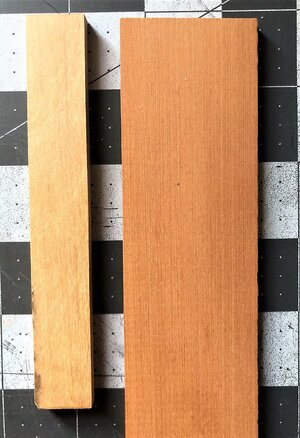
Interesting. I thought maybe the pinkish tones came from the heartwood? Learn something new every day!As far as I know pear is often steamed, to speed up the drying process, and to kill any insects which like the pearwood a bit to much.
There is one disadvantage in steamed pear (in my opinion) and that is that the color will turn into a piggy pink.
What happens to your skin when you go into the sauna?Here is the information…
View attachment 295163
So the heartwood is pink, but steaming deepens it.
I never noticed if steaming, to bend it, would change the color in the bend area?

Hi Jan.Hello Peter, Great work as always, your masts sure do look good and so proud. One question, and that is where did you ever find silver coins this small, curious.?
Regards Lawrence
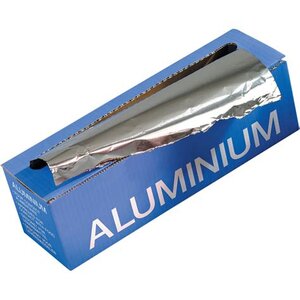
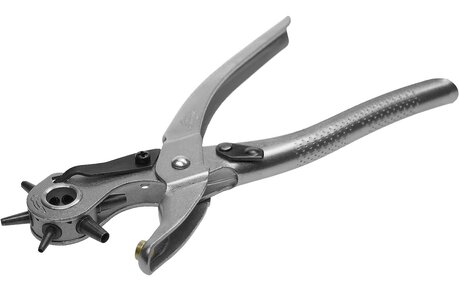
I probably won't have to convince the others that I've done the necessary 'research', so for Frank @Frank48 :I meant this, sorry if I can't explain myself wellView attachment 295138
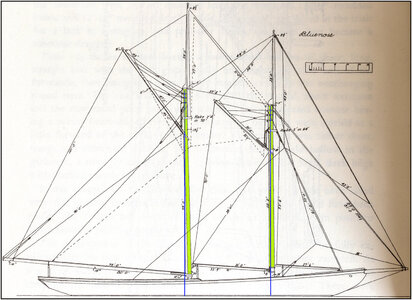
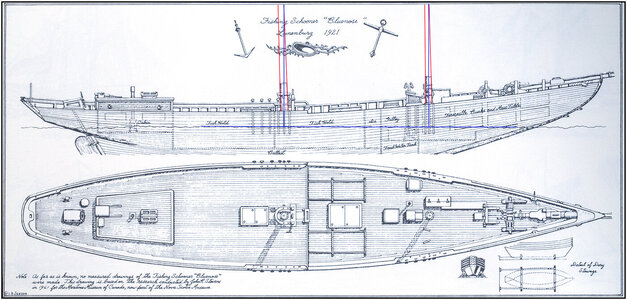

Buon pomeriggio Pietro, grazie per avermi risposto ma, come ti ho detto ieri non ci siamo capiti per via dell'inglese/italiano, quello che hai postato è proprio quello che intendevoProbabilmente non dovrò convincere gli altri che ho fatto la "ricerca" necessaria, quindi per Frank @Frank48 :
[ALLEGARE=completo]295191[/ALLEGARE]
Il disegno a pag. 294, figura 36, di "The American Fishing Schooners" di Howard I. Chapelle.
Le linee blu sono tracciate perpendicolarmente alla linea di galleggiamento, dal centro della sommità degli alberi inferiori verso il basso.
L'albero di trinchetto è inclinato all'indietro di +/- 1 grado e l'albero maestro di +/- 1,8 gradi. Misurato attraverso il centro di entrambi gli alberi.
Disegno tutte le linee in Photoshop con la firma digitale della linea disegnata.
[ALLEGARE=completo]295192[/ALLEGARE]
Il disegno a pag. 66 da "Bluenose II, Saga of the Great Fishing Schooners" di LB Jenson, essendo la sua interpretazione dell'originale Bluenose. (Vedi il testo in basso a sinistra.)
Non ha disegnato gli alberi completi in questo disegno.
Ho continuato i monconi con le linee rosse verso l'alto.
Le linee blu sono perpendicolari alla linea di galleggiamento e la lascio scorrere attraverso il centro della parte inferiore degli alberi verso l'alto.
Anche qui raggiungo +/- 1 grado per l'albero di trinchetto e +/- 1,8 gradi per l'albero di maestra.
A pag. 33 fece un disegno trasversale della poppa con l'albero maestro, ma quello è del BN-II. Lì il braccio principale è posizionato all'indietro di 2 gradi.
Con il mio commento:
Il tutto con i limiti degli artisti, ovviamente. Ma considerando il disegno di Chapelle, sono abbastanza convinto della sua accuratezza nel disegno.
Saluti, Pietro
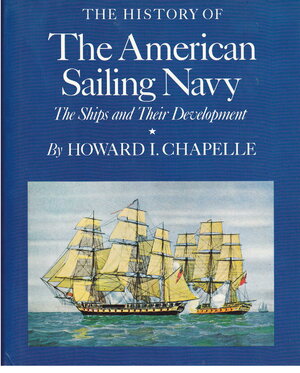

Sorry, Frank. No Italian for me anymore. And about the book: The BN is no Navy.Buon pomeriggio Pietro, grazie per avermi risposto ma, come ti ho detto ieri non ci siamo capiti per via dell'inglese/italiano, quello che hai postato è proprio quello che intendevoView attachment 295197
Hi Piero. Thanxs for the reply.Obviously what you say is correct, Peter!
When the wind pushes, the masts must necessarily lean forward, especially in a tailwind, so the "counting" towards the stern is correct. Probably what Franco says was true at the time of galleons and previous ships.
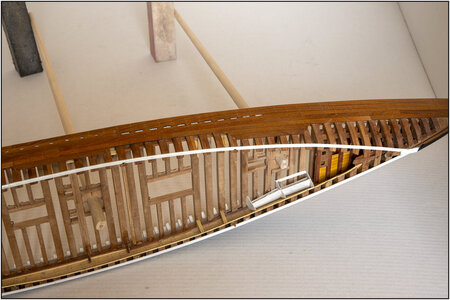


Brilliant!Hi Jan.
View attachment 295177
+
View attachment 295178
= more then words can tell.
On the side of the coins I wrote:
“Who can read this text has very good eyes.”
Regards, Peter

of course I know very well that it is not Navy, in the future I will avoid making comments in your yard, Excuse meScusa, Franco. Niente più italiano per me. E a proposito del libro: Il BN non è Marina
Scusa, Franco. Niente più italiano per me. E a proposito del libro: Il BN non è Mar
Thanxs, Uwe. It was a bit of a relief that the masts were in the right position almost immediately.Very good solution with the mast segments - very good solution
Thanxs, Heinrich. See what I wrote to Uwe.I am very glad to see that everything is working out for you as intended.

